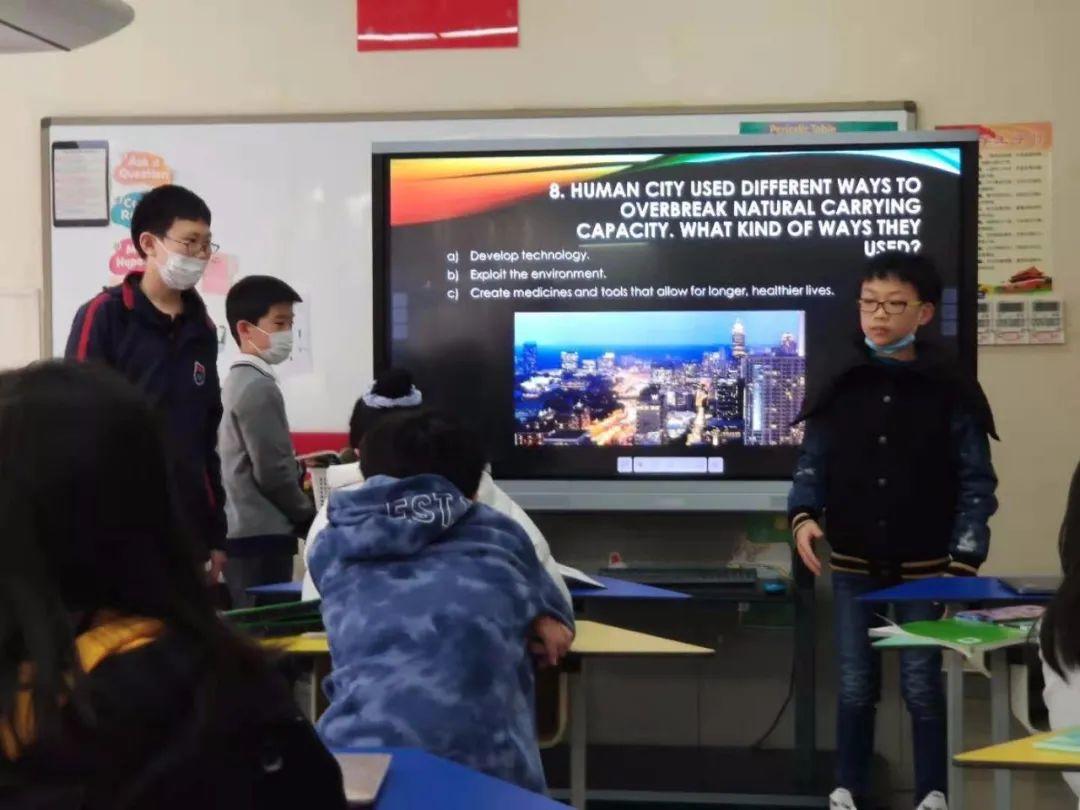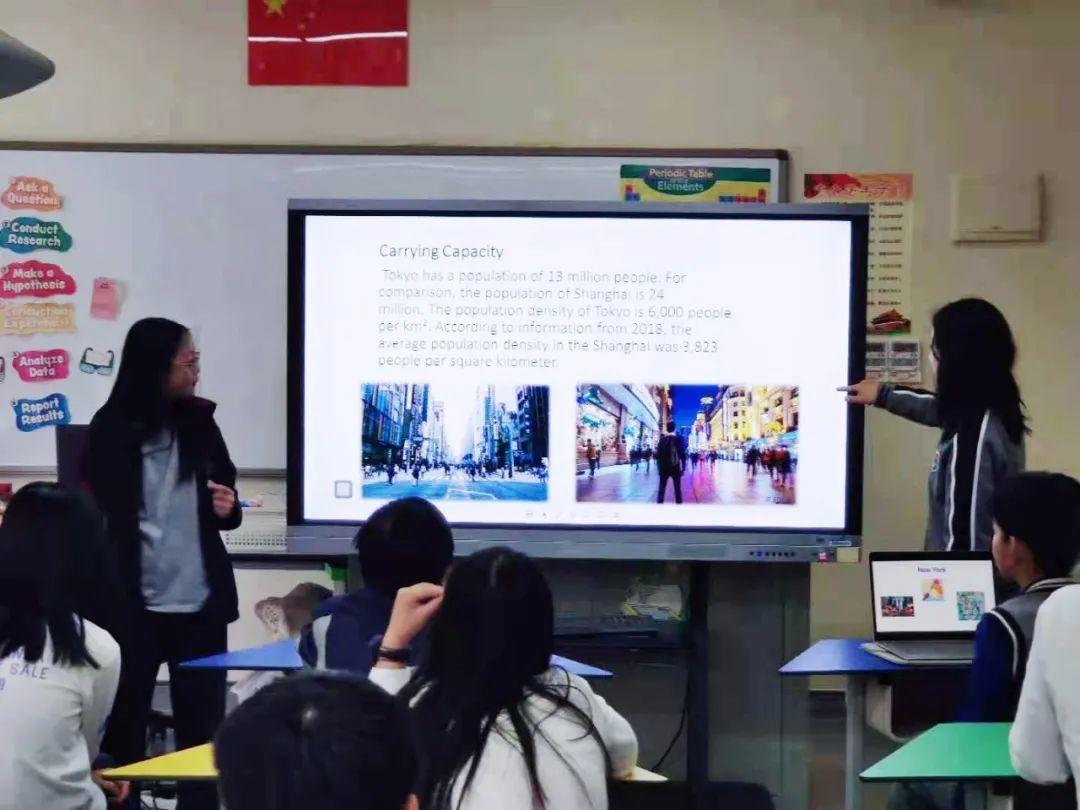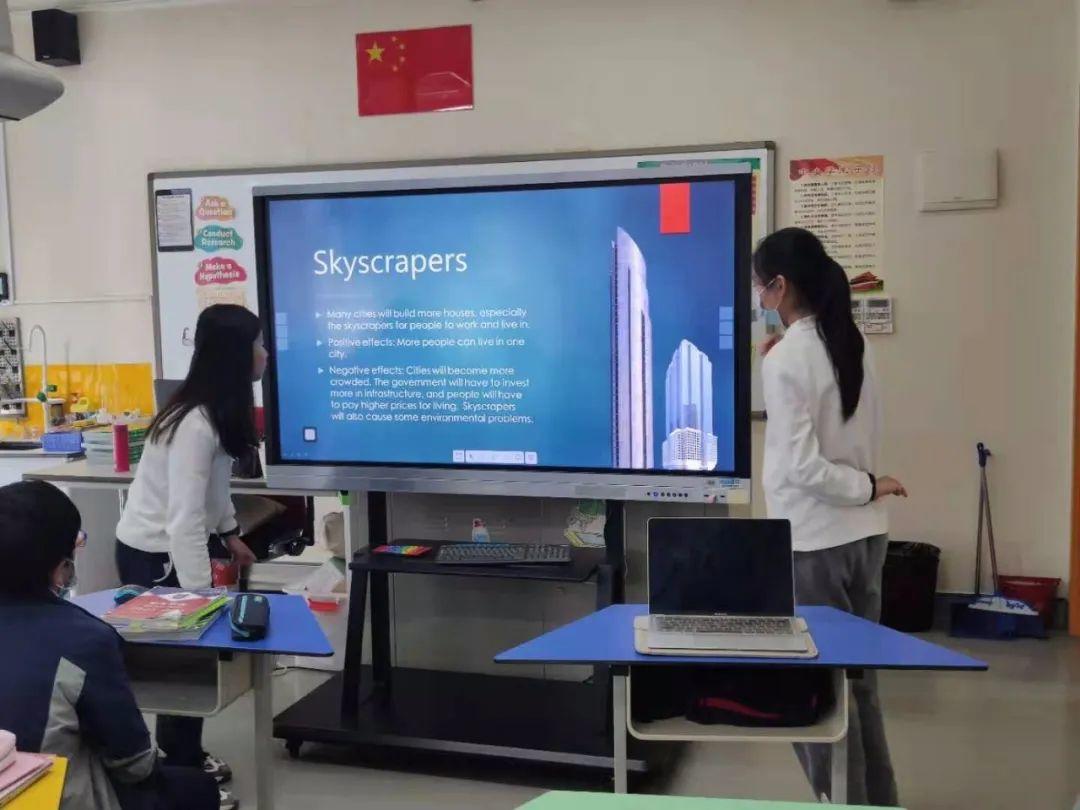项 目 A 简 介
Project A Introduction
此项目要求选择一种灾难,如传染病、火山爆发、地震、洪水、海啸、台风、山体滑坡、火灾等,以2-3个案例为线索,说明灾难造成的伤害,灾难形成的原因,灾难的破坏级别,以及如何进行预防、预报或者灾后重建。
This project requires a disaster selection, such as infectious diseases, volcanic eruptions, earthquakes, floods, tsunamis, typhoons, landslides, fires and etc. Using 2-3 cases as clues to explain the damage caused by the disaster,the formation of the disaster, the damage level of the disaster, and how to prevent, forecast or rebuild after it.
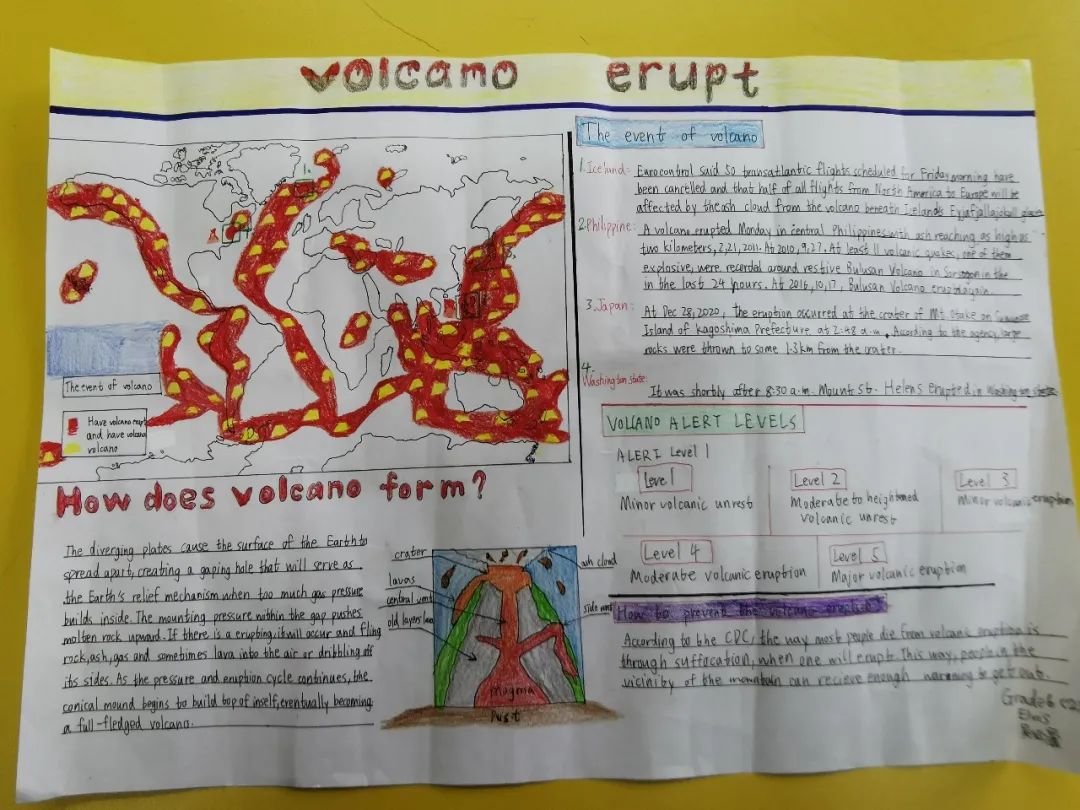
学生探究“灾难”,选择山体滑坡、火山爆发、传染病、海啸等主题,制作精美新颖的中英文海报,使学生了解灾难现象、认识灾难规律、研究灾难对策、探讨治理措施、学会在灾难中自救、互救、减少伤亡损失。
Students explore “disasters” and choose topics such as landslides, volcanic eruptions, infectious diseases, tsunamis and other topics, make special novel posters in Chinese and English, so that students can understand the phenomena and rules of disasters, studying disaster countermeasures and exploring treatment measures. They also learn how to self-rescue, mutual rescue, reduce casualties and losses in it.
– Project B –
Disaster Resistant
Building Model
项 目 B 简 介
Project B Introduction
设计一种抗灾的建筑或者设备,如抗震建筑,防洪,防止山体垮塌的设计,海绵城市如何调节城市洪水,环保型的大坝等;也可以是小型设施,如救生设施、环保节约资源、能源型装置,或是一些帮助老年人生活方便的设施。设计思路需要结合实际情况,项目报告中有问题分析,设计思路设计图或模型,以及设计细节讲解和进一步待解决问题等。
Design a kind of disaster-resistant building or equipment, such as earthquake-resistant building, flood control, design to prevent mountain collapse, how to adjust the urban flood of the sponge city, environmentally friendly dam; It can also be small facilities, such as life-saving facilities, environmental protection resource-saving, energy-saving devices, or some facilities that help the elderly to live conveniently. The design ideas need to be combined with the exact situation. There is problem analysis in the project report, design ideas and drawings or models, as well as design detail’s introduction and further problems to be solved.
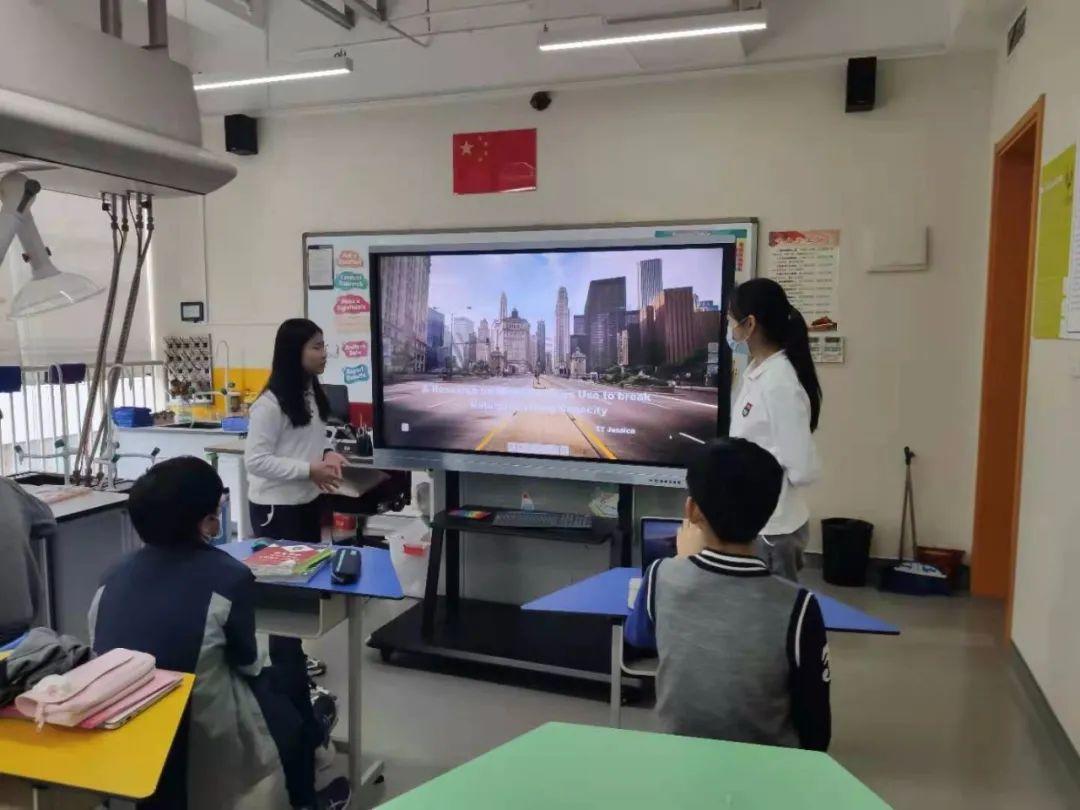
“海绵城市”设计受到孩子们的青睐,介绍设计原则、设计理念、设计关键、设计详情等方面,说不定这就是未来城市人与自然相结合的生态发展水资源。
The “sponge city” design is favored by children, introducing design principles, concepts, keys, details and other aspects. Maybe this is the ecological water resources development of the urban combination between people and nature in the future.
从一份份精美、内容丰富的小报和抗灾建筑模型可以看出,学生在STEAM科学探究中,一般按照提出问题、做出假设、制定计划、搜集证据、处理信息、得出结论、表达交流、反思评价这样的流程进行的。在各个阶段都需要阅读、交流、实践、反思和表达,他们的每一次讨论、记录和总结,是为了下一个阶段做准备,也是为最后的输出表达做积累,而最后的演讲表达,又需要对先前的各项工作进行精确的检查与完善的表述,从而夯实研究让听众信服。在日积月累中,学生的科学阅读能力、写作能力、信息搜集与加工能力、批判性思维能力都日益精进。
From the exquisite and informative tabloids and disaster-resistant building models, it can be seen that in STEAM scientific exploration, students generally follow the steps of asking questions, making assumptions, making plans, collecting evidence, processing information, drawing conclusions, expressing communication and evaluating analysis. Reading, communication, practice, reflection and expression are required at all stages. Every discussion, record and summary of theirs is to prepare for the next stage and also to be accumulated for the final output expression. The final speech expression requires precise inspection and perfect presentation of previous work, so as to consolidate the research and convince the audience. Over the years, students’ scientific reading skills, writing skills, information gathering and processing skills, and critical thinking skills have all improved day by day.



